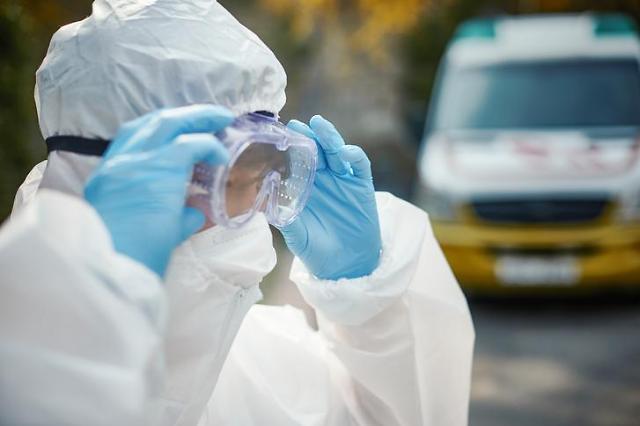
[Gettyimages Bank]
Viral RNA was detectable at high concentration for three weeks in fecal samples from 12 mildly symptomatic and asymptomatic children with COVID-19, a research team led by Han Mi-seon, a pediatrics professor at Seoul National University Boramae Medical Center, said, adding saliva also tested positive during the early phase of infection.
Feces is a promising and reliable source for detecting infection because viral RNA is present in high loads for a prolonged time, Han's team said, suggesting that fecal samples could aid in seeking the etiologic relationship between COVID-19 and unexpected manifestations in children.
"If proven infectious, feces and saliva could serve as transmission sources," Han's team said in a research paper published on the website of Emerging Infectious Diseases (EIO), a journal of the U.S. Centers for Disease Control and Prevention. RNA is a polymeric molecule essential in various biological roles in coding, decoding, regulation and expression of genes. RNA and DNA are nucleic acids.
COVID-19 screening has been hindered by negative test results for respiratory specimens and possible cross-reactivity with other coronaviruses among seropositive cases. And little is known about the value of various samples other than nasopharyngeal or oropharyngeal swab specimens in diagnosing COVID-19.
Han's team studied 12 children under 18, who were hospitalized for treatment from March 8 to April 28. Nine were mildly symptomatic and three were asymptomatic. Symptomatic children were found to have higher initial RNA load in nasopharyngeal swab specimens than asymptomatic children.
"We observed no significant differences in feces and in saliva and no correlation between RNA load and age," the team said, adding that RNA load in feces remained steadily high, while that in nasopharyngeal swab samples and saliva declined with time in both symptomatic and asymptomatic children.
"Considering these findings, proper handwashing when changing diapers in infants and adequate hygiene measures in restrooms are recommended to prevent the potential spread of the virus among household contacts," Han's team said.
However, the lack of virus isolation limits interpretation in the context of infectivity because the detection of SARS-CoV-2 RNA in feces does not necessarily mean that the infectious virus is present.
Coronavirus RNA in saliva during the early phase of infection was detected for a short period of time, raising the possibility of airborne transmission through normal speaking, Han's team said. "Although the viral load in saliva drops rapidly, our findings suggest the necessity for children to wear masks, especially in schools, where children would talk in close proximity."




